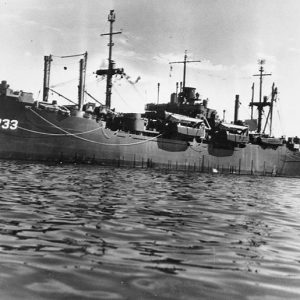 USS Sevier
USS Sevier
Entry Type: Thing
 USS Sevier
USS Sevier
USS Sevier (APA-233)
USS St. Francis River (LSMR-525)
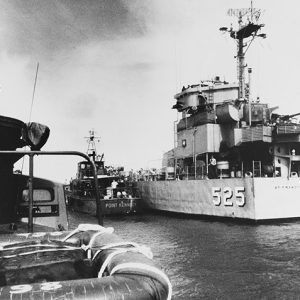 USS St. Francis River
USS St. Francis River
 USS Stone County (LST-1141)
USS Stone County (LST-1141)
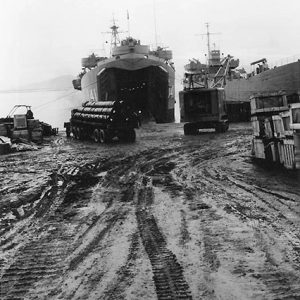 USS Stone County (LST-1141)
USS Stone County (LST-1141)
USS Stone County (LST-1141)
USS Tensas
aka: Tom Sugg [Steamboat]
USS Thach (FFG-43)
USS Tyler
 USS Tyler at the Battle of Belmont, Missouri
USS Tyler at the Battle of Belmont, Missouri
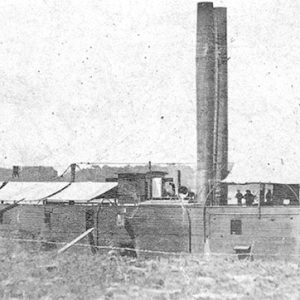 USS Tyler
USS Tyler
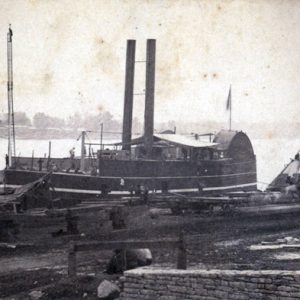 USS Tyler
USS Tyler
 USS Tyler
USS Tyler
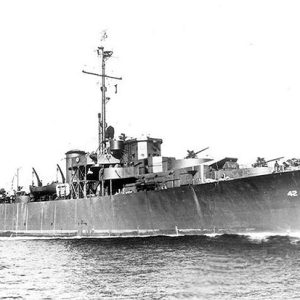 USS Van Buren
USS Van Buren
USS Van Buren (PF-42)
USS White River (LSMR-536)
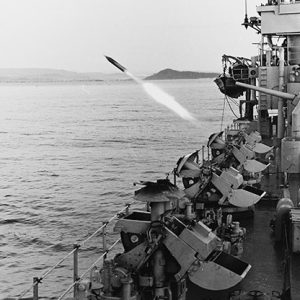 USS White River
USS White River
Usury
Vaden Records
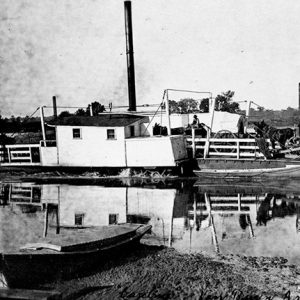 Van Buren Ferry
Van Buren Ferry
 Van Buren Confederate Monument
Van Buren Confederate Monument
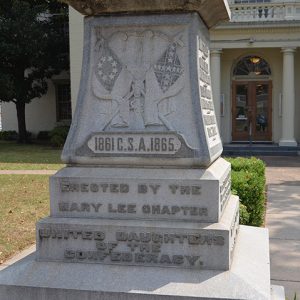 Van Buren Confederate Monument Detail
Van Buren Confederate Monument Detail
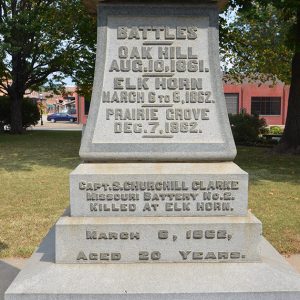 Van Buren Confederate Monument Detail
Van Buren Confederate Monument Detail
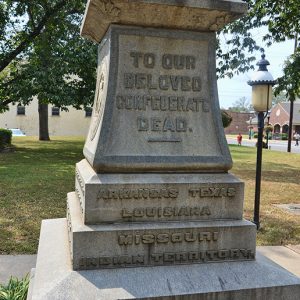 Van Buren Confederate Monument Detail
Van Buren Confederate Monument Detail
Van Buren Confederate Monument
Van Buren County Courthouse
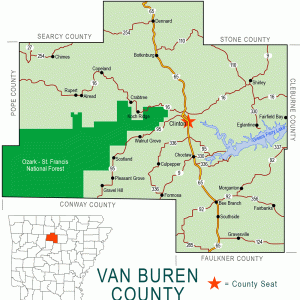 Van Buren County Map
Van Buren County Map
Van Buren County Road 2E Bridge
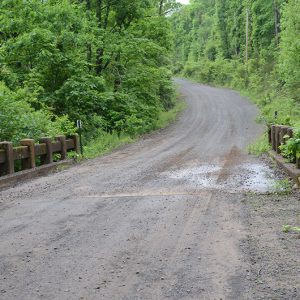 Van Buren County Road 2E Bridge
Van Buren County Road 2E Bridge
Van Buren Post Office
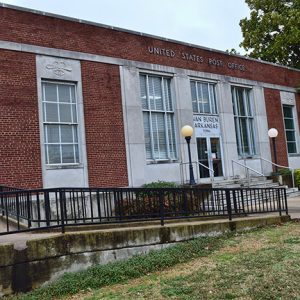 Van Buren Post Office
Van Buren Post Office
 Van Buren Post Office Entrance
Van Buren Post Office Entrance
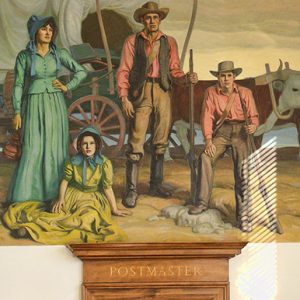 Van Buren Post Office Art
Van Buren Post Office Art
 Van Dorn Pattern Battle Flag
Van Dorn Pattern Battle Flag
Van Winkle’s Mill
Vanadium Mining
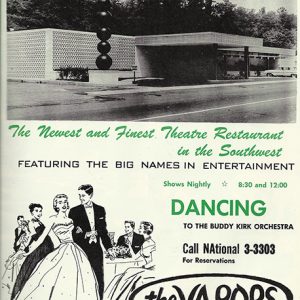 Vapors Ad
Vapors Ad
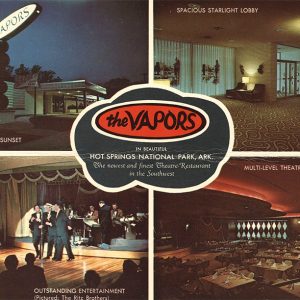 Vapors Postcard
Vapors Postcard
Vapors, The [Book]
Varner Unit
 "Arky" Vaughan Plaque
"Arky" Vaughan Plaque
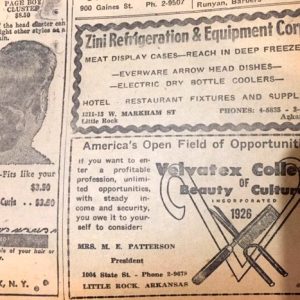 Velvatex Ad
Velvatex Ad
Velvatex College of Beauty Culture
Venomous Snakes
Vernon and Moore-McIlroy Produce Warehouse
Vertac
Vestal Nursery
aka: J. W. Vestal & Son
 "Cactus" Vick's Little Red Book
"Cactus" Vick's Little Red Book
 Square-Shooters Club Card
Square-Shooters Club Card




